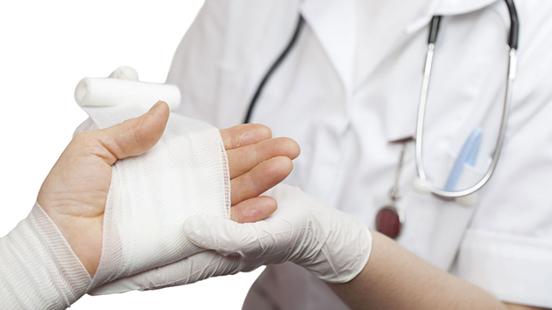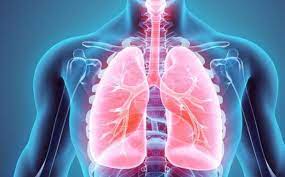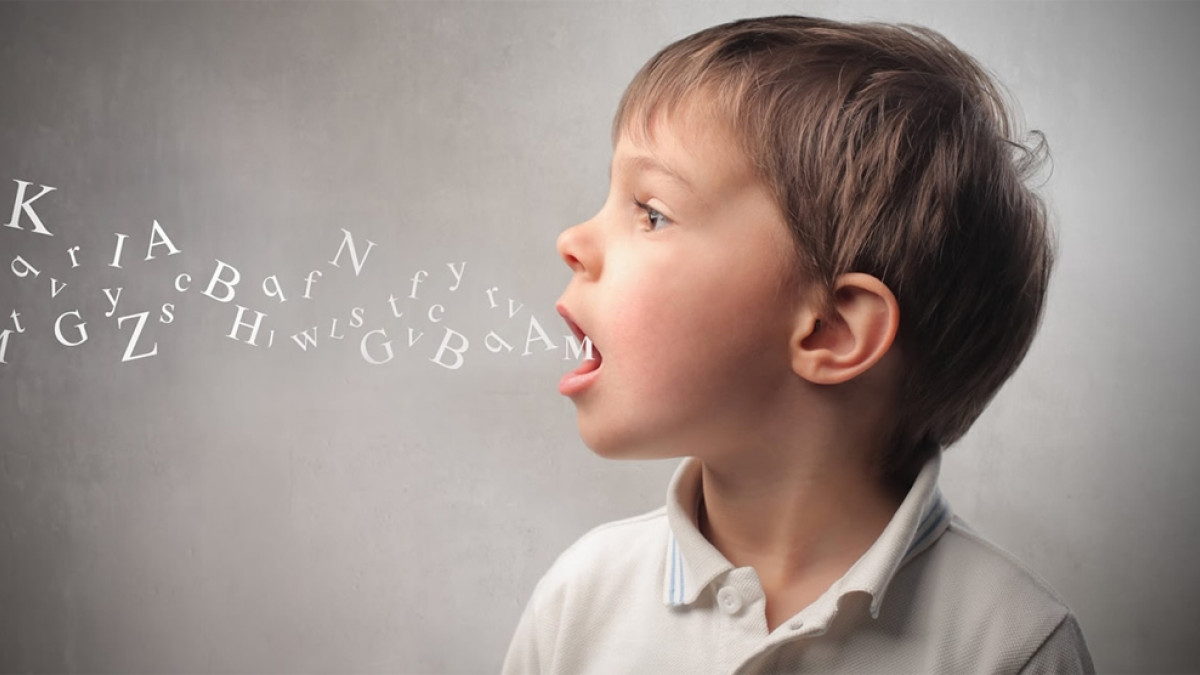A burn is an injury to the skin due to contact or exposure to a dangerous agent, such as heat, cold, electricity, solar radiation or certain chemicals.
types of burns
 A burn may or may not be painful, depending on its degree. The degree of a burn is determined by its location on the body and how deep it goes into the skin.
A burn may or may not be painful, depending on its degree. The degree of a burn is determined by its location on the body and how deep it goes into the skin.
- First Degree Burns: they only affect the most superficial layer of the skin, and are characterized by a reddening of the skin that hurts on contact, we commonly find them when the person has had prolonged exposure to the sun.
- Second Degree Burns: they are a little deeper, and their main characteristic is the appearance of blisters. Blisters are a defense system against burns: they protect against infections and, with the liquid they contain, hydrate the wound and help healing. These burns are very painful.
- Third Degree Burns: in these burns we can see charred tissue, the nerve endings responsible for transmitting pain are destroyed, hence it is said that third degree burns do not hurt.
- Any burn can cause significant health problems and risks, much depends on the total body surface area burned, this means that a 1st degree burn with a surface area of 90% of the body is equal to or more dangerous than a 2nd degree burn. Grade with 20% surface.
- Therefore, it is important to consider both the degree of the burn and the area of the body injured, and from there determine whether or not the person requires specialized help in a hospital.
These are some of the steps that we must carry out when trying to give first aid to a person with burns:
- The immediate care of the burned is simply to eliminate the cause of the burn: put out the flames, remove the chemical product from contact with the skin…, all this to reduce thermal aggression. To put out the flames, the person must be made to roll.
- Look for other possible injuries such as bleeding, fractures… The most serious injury will always be treated first.
- In first degree burns, moisturizing creams and especially aloe vera are very beneficial.
- Refresh the burned area: for this, we can apply plenty of water (20-30 minutes) on the burned surface, avoiding it being very cold, because we can cause hypothermia. Previously, you have to remove the burned clothes, jewelry and everything that keeps the heat.
- Wrap the injury with gauze or clean cloths, moistened with water. The bandage must be loose.
There are certain actions that should never be carried out, since they would be harmful to the patient:
- Apply ointments, creams, toothpaste… on the burn. Just water.
- Cooling the patient too much, only the burned area.
- Give water, alcohol, analgesics… orally.
- Break the blisters, as the liquid they contain protects against possible infection. By breaking them we would open a door for the entry of germs.
- Take off clothing or any other item that is stuck to the skin.
- Leave the victim alone. In case we have to go ask for help, we will take her with us, as long as her injuries allow it.
- Extinguish the person’s flames with water. They should always be turned off by rolling or covering them.
Burns are very dangerous due to the complications they can cause.
A minor first-degree burn is not much of a threat, but skin that has suffered repeated burns can cause major problems such as skin cancer. That is why it is very important to prevent them with good sun protection suitable for our skin.
As for second and third degree burns, complications affect most of the body, from difficulty breathing to heart damage. For this reason we must learn to recognize them quickly and act decisively, thus not only preventing further damage but also saving a life.
When we face a case of a person with burns, we must pay special attention to the following warning signs:
- If you show symptoms of shock (unconsciousness, irregular breathing, weak and rapid pulse, dry mouth and lips).
- If you have burns to your head or neck, or if you have difficulty breathing (may have affected important internal organs)
- If you have burns to your hands, feet, or groin (in which case injuries to muscles or ligaments are more likely).
- If the victim is older than 60 or younger than five (the most vulnerable skin).
In any of these cases, the patient must be evacuated to a hospital with a Burn Unit, in a lateral position, to avoid the consequences of possible vomiting.






